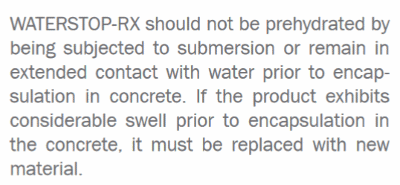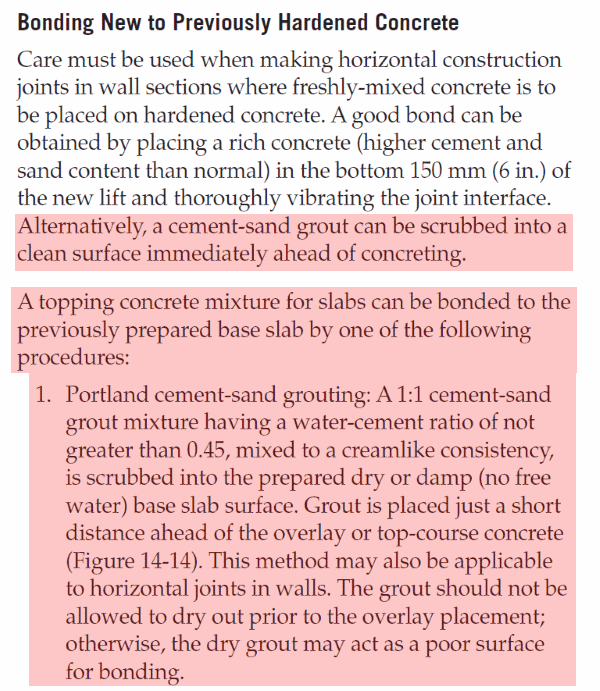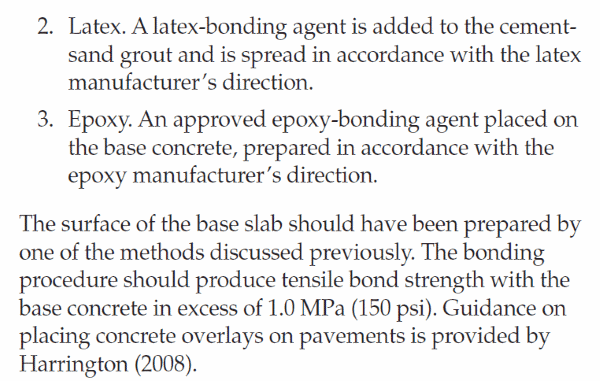Kramer
Structural
- Jul 22, 2002
- 44
I have designed a wet well for a pump station (water only) with 18" thick walls on a 24" thick base slab. I have shown a 3 1/2" wide by 1 1/2" deep keyway in the top of the base slab at the center of the wall with a bentonite water stop in the keyway. Both ACI 318 and 350, Sections 6.4.2 call for construction joints to be wetted prior to the pour and all standing water removed. The walls are over 20'-0" tall. I am concerned that if the top of the base slab is wetted, there is not a practical way for the water to be removed from the keyway. I am also concerned the water may activate the swelling properties of the waterstop prematurely. Any thoughts on this?



![[idea] [idea] [idea]](/data/assets/smilies/idea.gif)

